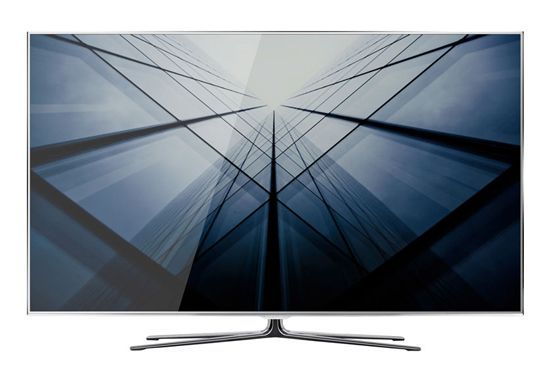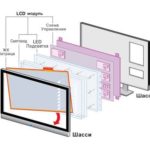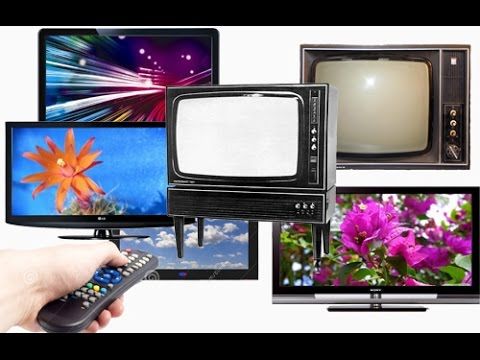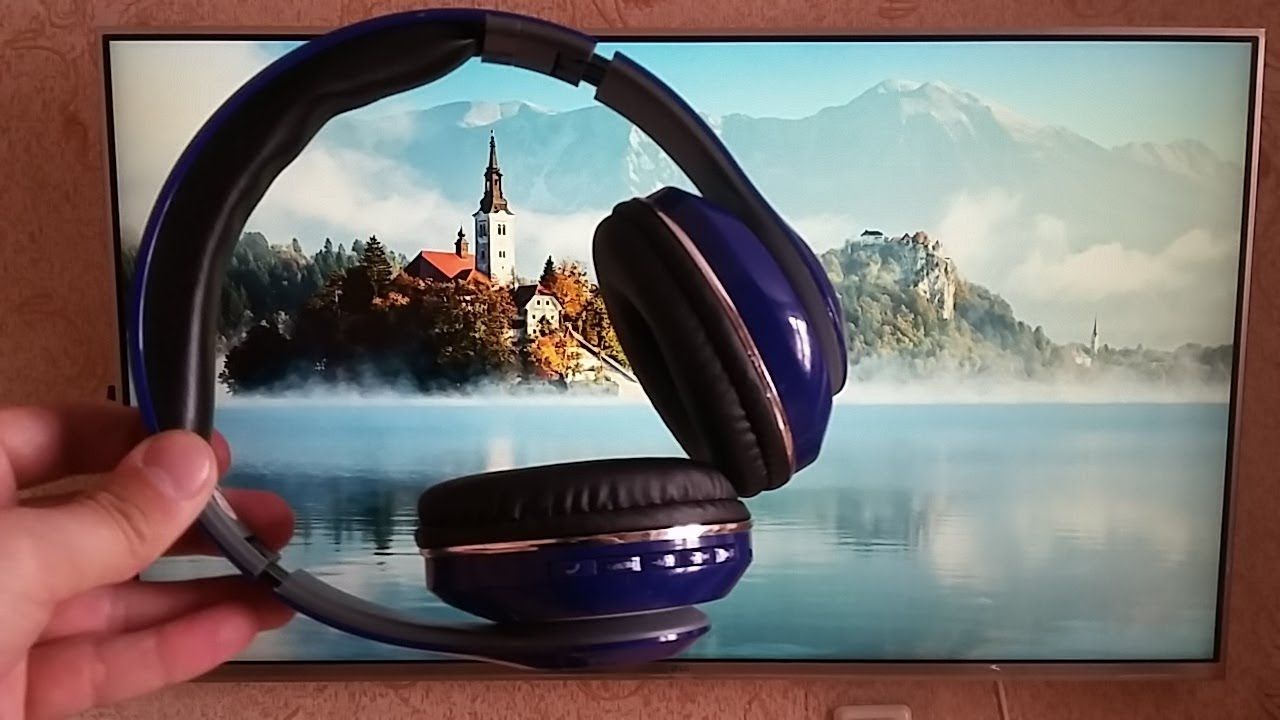Types of TV matrices
If earlier, when choosing a TV, special attention was paid to the picture tube, today the determining indicator of performance is the type of matrix. The consumer properties of modern TV equipment depend on it. Among the main parameters are:
- Life time.
- Image quality.
- Maintainability.
Therefore, when choosing a TV, you need to know the advantages and disadvantages of all existing matrix systems.
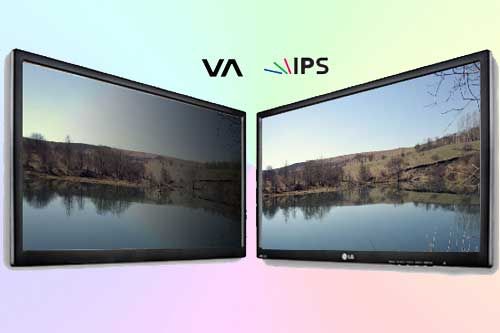
The content of the article
What types of matrices are used on modern TVs
Conventionally, all modern screens can be divided into two types:
- Liquid crystal displays (LCD) or in the English version – liquid crystal display (LCD). LCD TVs received this name because of the principle of operation of the matrix. It lies in the fact that liquid crystals enclosed between thin plates react to supplied signals and form a picture.
- LED is the name given to displays that operate using light-emitting diodes. Under the English abbreviation, such screens are known as LED (Light Emitting Diode). In this case, the matrix consists of diodes that glow depending on the incoming signal.
But, in fact, the variety of matrices does not end there, because almost every manufacturer of monitors and television equipment is improving its products.And today, practically the only way to improve image quality is to make changes to the operation of the matrix. Therefore, every famous brand that produces displays and televisions has licensed matrices of its own design with an original name.
Features and Benefits
 Depending on the type of matrix, the image displayed on the screen has its own characteristics. Sometimes they are visible even to the naked eye, and in some cases, to notice the differences you need to pay attention to the display in different lighting or from different viewing angles. Depending on the type of matrix, screens may have an anti-reflective surface, and the effectiveness of their operation is determined by the arrangement, combination and principles of movement of the crystals. In the case of an LED matrix, the quality of the display determines the lifespan of the diodes. The color and overall lifespan of the screen depends on this.
Depending on the type of matrix, the image displayed on the screen has its own characteristics. Sometimes they are visible even to the naked eye, and in some cases, to notice the differences you need to pay attention to the display in different lighting or from different viewing angles. Depending on the type of matrix, screens may have an anti-reflective surface, and the effectiveness of their operation is determined by the arrangement, combination and principles of movement of the crystals. In the case of an LED matrix, the quality of the display determines the lifespan of the diodes. The color and overall lifespan of the screen depends on this.
The design of modern televisions is a case with a metal frame, in which connecting wires connected to the matrix are fixed. In addition, a light source is installed in LCD TVs as a backlight. Lighting used to come from mercury discharge lamps, but today most new displays use
LED backlight - LED. Therefore, many manufacturers claim that their TVs are created using LED technology. But this is far from the truth, because the matrix was and remains LCD, that is, LCD. To understand which TV design is better today, and to understand the disadvantages and advantages of displays, you need to know the features of various matrices.
Twisted Nematic (TN)
The first plasma TVs were introduced to world markets in the mid-90s by Fujitsu.The TN matrix, in which the crystals are twisted in a spiral, allowed her to do this. Depending on the tension, they may curl more or, on the contrary, straighten.
Thus, the angle of rotation of the crystals changes and, accordingly, the degree of transparency. Due to this, the color of each pixel changes. At the moment, such matrices are not produced, because back in 1996 a more advanced design appeared.
TN+Film
The main disadvantage of TN matrices was the small viewing angle. By using an additional diffuser layer, the so-called Film, the developers from Fujitsu managed to increase the viewing angle to 150 degrees. For the end of the last century, this was a real breakthrough in television technology. The main advantage of such matrices, in addition to the low price, is considered to be the high speed of response to signal changes.
Think Film Transistor (TFT)
The first matrix on which an intelligent pixel control system was implemented was the already familiar TN system. The difference between a TFT matrix and a TN matrix is the use of field-effect transistors, which, if necessary, increase or decrease the voltage transmitted to the crystals. Thus, they correct color and contrast depending on the influence of external stimuli. This principle of constructing a matrix gave impetus to the development of LCD TVs. But today these indicators will not surprise anyone. Although the TFT system is still in demand and is used in the production of displays for budget equipment. But the main problems with screens made using TN technology migrated to TFT. The biggest irritation for TFT display owners is:
- Lack of black color.
- Poor contrast and color.
- A clear image can only be seen if you watch the TV at a right angle.
In-Plane Switching (IPS) or Super Fine TFT (SFT)
 After Fujitsu's breakthrough into the TV equipment market with TFT technology, other Japanese from Hitachi got down to business. They improved the development of competitors and, without further ado, called it SFT, which literally in Russian sounds like a very good TFT. But apparently, in order to prove to other competitors the originality of Hitachi technology, the matrix received another name IPS (translated into Russian - switching in one plane). The principle of the new technology was that the molecules of the crystals were located parallel in the absence of voltage, and as it increased, they began to rotate and at the peak the angle of rotation reached 90 degrees. Thus, Hitachi design engineers received black color, high contrast, color and increased visibility to 180 degrees. IPS technology turned out to be so successful that Samsung, LG, and Philips adopted it. The disadvantages of the IPS matrix include its high cost, the response time to incoming signals is longer than that of TFT, and the unnaturally saturated black color.
After Fujitsu's breakthrough into the TV equipment market with TFT technology, other Japanese from Hitachi got down to business. They improved the development of competitors and, without further ado, called it SFT, which literally in Russian sounds like a very good TFT. But apparently, in order to prove to other competitors the originality of Hitachi technology, the matrix received another name IPS (translated into Russian - switching in one plane). The principle of the new technology was that the molecules of the crystals were located parallel in the absence of voltage, and as it increased, they began to rotate and at the peak the angle of rotation reached 90 degrees. Thus, Hitachi design engineers received black color, high contrast, color and increased visibility to 180 degrees. IPS technology turned out to be so successful that Samsung, LG, and Philips adopted it. The disadvantages of the IPS matrix include its high cost, the response time to incoming signals is longer than that of TFT, and the unnaturally saturated black color.
Plane-to-Line Switching (PLS)
Developers from Samsung, taking the IPS matrix as a basis, decided to modify it to correct the main disadvantages - cost and response time. To achieve this, it was decided to develop a “plane to line switching” (PLS) mechanism. This technology allowed:
- Increase viewing angles.
- Improve image brightness.
- Reduce response time.
And all this was achieved along with a reduction in the cost of the display.
Vertical Alignment (VA)
The famous company Fujitsu is not going to lag behind its competitors and is striving to regain its leading position in the global TV market. For this purpose, a new "vertically aligned" (VA) matrix was developed.There are now no crystalline spirals in it, but there is a layer of molecules that, in the absence of voltage, become perpendicular to the light filters, and when a signal appears, they begin to rotate 90 degrees.
But the Fujitsu company did not stop there and modernized its matrix with an eye to the operating principles of IPS. The result is MVA - improved vertical alignment. The same principle applies to Samsung, which purchased a license for VA from Fujitsu. The Koreans, just like the Japanese, modernized the matrix and called it PVA. Thanks to modernization and the use of innovations, acceptable indicators were obtained:
- Satisfactory black colors on screens.
- Good contrast.
- The level of color rendering has increased.
But Fujitsu displays still have an old disease - low visibility in comparison with competitors.
Organic Light Emitting Diode (OLED)
The operating principle of organic light-emitting diode (OLED) displays is that the matrix is a carbon-based substance that emits light of varying intensity and color. Typically, OLED monitors use 3 color pixels, but now there are models with 4 colors. They added white LEDs to the green, red and blue LEDs. As a result, such a TV, in addition to rich black color, can display pure white pictures. There are many advantages to TVs made using OLED technology:
- Light weight.
- Low energy consumption.
- Good visibility (viewing angle up to 180 degrees).
- High response speed.
- Unsurpassed contrast and color rendition.
But all these advantages are negated by one significant drawback - too high a price.
How to find out the type of matrix in your TV
In order to understand what requirements must be placed on the quality of the image on the screen, it is necessary to determine what type it belongs to. Moreover, in the age of computer technology, this is extremely easy to do - enter the TV model into a search engine, and the World Wide Web will provide information on the technical characteristics in full.
If you don’t have the Internet at hand, then carefully study the data on the TV model; the types of matrices are also indicated there. Many manufacturers encrypt technical specification information in the serial numbers of their products. Therefore, if among the numbers you see a combination of letters - TN, TFT, IPS or other familiar abbreviations, then know that this is the name of the TV matrix.
You can also determine which playback technology is used by its characteristic features:
- To identify TN, check the contrast, contrast, and color gamut on the screen. If the quality indicators have decreased, then you have a TV with TN technology.
- Loss of color shades when looking at the right angle for a long time indicates MVA/PVA.
- A purple tint when looking at a screen with a black image at an angle indicates IPS.
When purchasing a TV, check all the information that the seller provides you.
IMPORTANT. Remember that the seller’s goal is to sell any product, and the buyer needs to buy the desired product at the lowest possible price.
